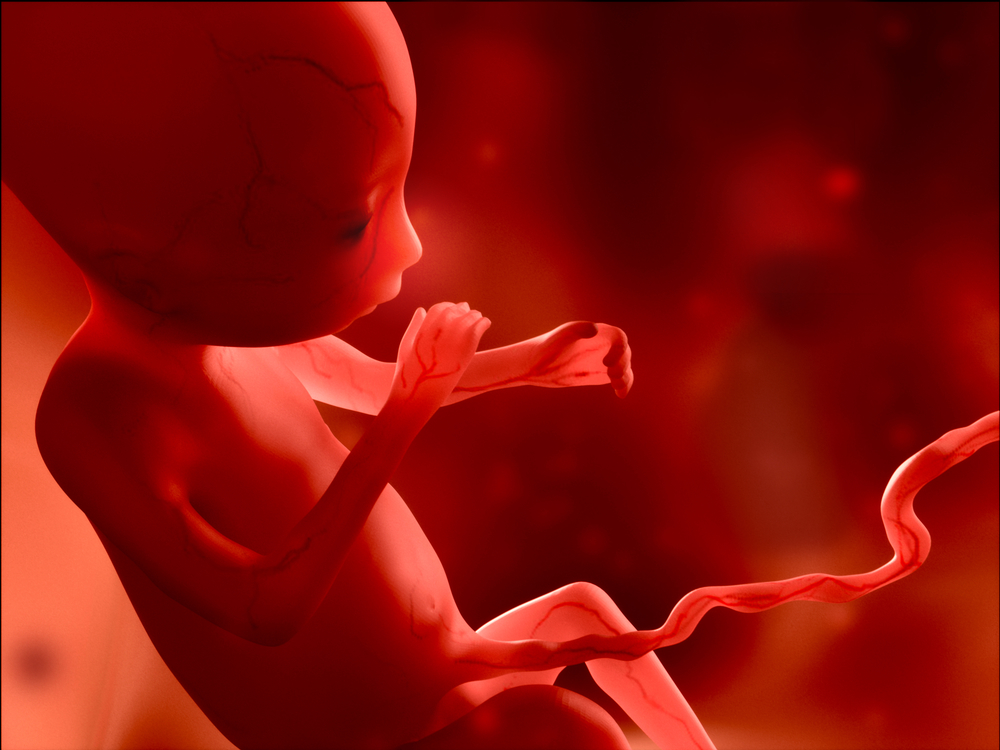What’s going on?
Now that you are halfway through your pregnancy, your baby is halfway to his/her birth size too. With all the action that is happening inside of you, it may seem as though your baby is not getting enough sleep – but rest assured, he/she sleep as much as a newborn at this point.
Baby at Week 21
This week, your baby will measure approximately 27cm long and weigh around 360g – that’s around the size of a carrot. He/she is starting to pile on the kilos now, giving him/her that chubby look when you meet him/her as a newborn.
Your baby’s eyebrows and eyelids have now formed, making it possible for him/her to blink. Starting from this week, your baby will also start to swallow amniotic fluid. Apart from providing nutrition and hydration, this also allows him/her to practice swallowing and digesting – skills that are necessary to survive once he/she is born. Do bear in mind that the taste of the amniotic fluid differs each day, as it depends on what you have eaten. Believe it or not, this helps to expose your little one to a world of flavours, which according to research, will help to familiarise your little one with those same tastes after birth. So, if you want to raise an enthusiastic eater, do make your meal plans healthy and varied starting from now.
Your baby’s skin will be coated with a white, waxy coating known as vernix caseosa. This essentially protects his/her body from wrinkling up like a raisin after soaking in amniotic fluid for so long. At birth, you may be able to see slight traces of this coating on your newborn.
While your baby’s liver and spleen have been hard at work to produce blood cells, this task is now shared with the bone marrow spaces. The bone marrow is set to take over the production of the blood cells starting from the third trimester and after birth. The spleen will halt production of blood cells by week 30, while the liver will stop a few weeks before birth.
What is mum up to?
Look out – your baby might start to leave his/her mark all over your body. This comes in the form of stretch marks, which is presented via pink, red or purple streaks at areas such as your stomach, butt, things, hips and breasts, as these areas continue to grow.
This commonly affects one in two women during pregnancy, and your chances of getting them might increase if any of the following applies to you:
- If your mum had stretch marks during her pregnancy
- If you are fair-skinned (Darker-skinned women are less likely to get them, and these marks are less visible on dark skin)
- If you are gaining weight too rapidly during pregnancy (Another great reason to keep your weight gain progressive)
Although there is no proven remedy to prevent stretch marks during pregnancy, applying moisturisers like cocoa butter can help to prevent dryness and itching. You’ll also be glad to know that these marks usually fade to a silvery-grey colour after giving birth.
Apart from stretch marks, being pregnant also makes you more prone to developing varicose veins, which is largely due to increasing pressure on the veins in your legs. Increased progesterone levels which may cause the walls of your veins to relax can also make the problem worse. As unsightly as they may be, you can take comfort in the fact that these veins do not cause discomfort and are bound to disappear after delivery. In the meantime, you can prevent or minimize varicose veins during pregnancy by exercising daily, propping up your feet whenever possible and sleeping on your left side.
Top tips for Week 21
Now that your baby can hear you, talking to him/her often will help your little one recognise your voice once he/she is born.
Here are other activities that you can do to bond with your baby before the big day arrives:
- Read a story book aloud
- Sing nursery rhymes
- Play certain music, especially ones that help to stimulate the brain
Note: Do get dad and the older siblings involved in the above activities too, for they are a lovely way for all of you to bond with the baby before delivery day.
READ NEXT
























